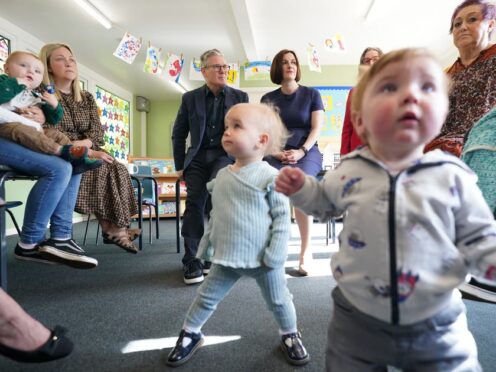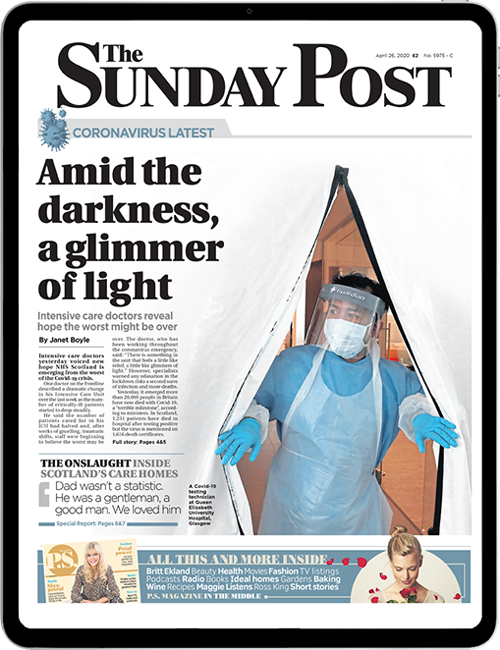
Labour’s plans to turn primary school classrooms into nurseries should be just a “first step” towards needed childcare reforms, sector leaders have said.
The Labour party has said it will create 3,300 new nurseries by repurposing empty or under-used school classrooms in England’s primary schools to provide an additional 100,000 childcare places.
On Monday, Labour leader Sir Keir Starmer said the party’s plan will be “very good” for parents and carers who want to get back into the labour market.
But education and childcare leaders have called for “more action” to ensure the sector has enough early-years staff and funding to expand nursery places.
Pepe Di’Iasio, general secretary of the Association of School and College Leaders (ASCL), said: “Many primary schools already run nurseries very successfully, and these plans have the potential to build on this by creating more childcare provision with a strong focus on early years education.
“But to realise this potential it is important that nursery places are sufficiently funded for all children and that this includes improving access to those from disadvantaged backgrounds.
“Gaps in educational attainment start very early in life and if we are ever to get a grip of this issue and improve outcomes for all young people this must be the starting point for more action.
“It is also essential that nurseries and other early years settings are staffed by high-quality practitioners, who are paid appropriately for the important job they do.”
Ellen Broome, managing director of Coram Family and Childcare charity, said Labour’s policy was “just a first step towards the change we need”.
She said: “To achieve childcare’s full potential for both children and parents, we need more radical reform, including a workforce strategy that helps address the recruitment and retention crisis.
“Childcare needs to be simpler for families, more affordable for parents and better able to meet all children’s needs.”
Asked about the staffing crisis in childcare during a visit to Nursery Hill Primary School in Nuneaton, Warwickshire, on Monday, Sir Keir said: “We need to have a properly thought through recruitment process, which we’re rolling out and that will involve the local growth plan, the businesses, the local community, and the skills that we need to get those workers that we need in our nurseries.
“We’ve got a thought-through plan for this.”
The expansion of funded childcare places for working parents of younger children in England is currently under way.
As part of a staggered rollout of the childcare policy, introduced by the Conservative Government, working parents of two-year-olds have been able to access 15 hours of funded childcare since April.
This will be extended to working parents of all children older than nine months from September this year, before the full rollout of 30 hours a week to all eligible families a year later.
Asked if he could match the Government’s expansion of childcare, the Labour leader said: “We will deliver. I mean, our plan is actually better than the Government, the Government is right to say that they’ll have a plan, the problem they’ve got is they haven’t planned for it and, therefore, they haven’t got the spaces for it.
“What we will do with our plan is provide 100,000 spaces, 3,000-plus new nurseries.”
He added: “This is a better plan. But of course, we want to complete on the Government’s plan, but actually do it in a way that’s planned and deliverable.”
In April, the Department for Education (DfE) announced a pilot which would explore how unused school space could be repurposed to support childcare settings to offer more places in a bid to increase capacity.
If successful, the Government said it would roll the scheme out widely ahead of the final phase of its expanded offer of funded childcare for eligible families of children as young as nine months across England in September 2025.

Enjoy the convenience of having The Sunday Post delivered as a digital ePaper straight to your smartphone, tablet or computer.
Subscribe for only £5.49 a month and enjoy all the benefits of the printed paper as a digital replica.
Subscribe